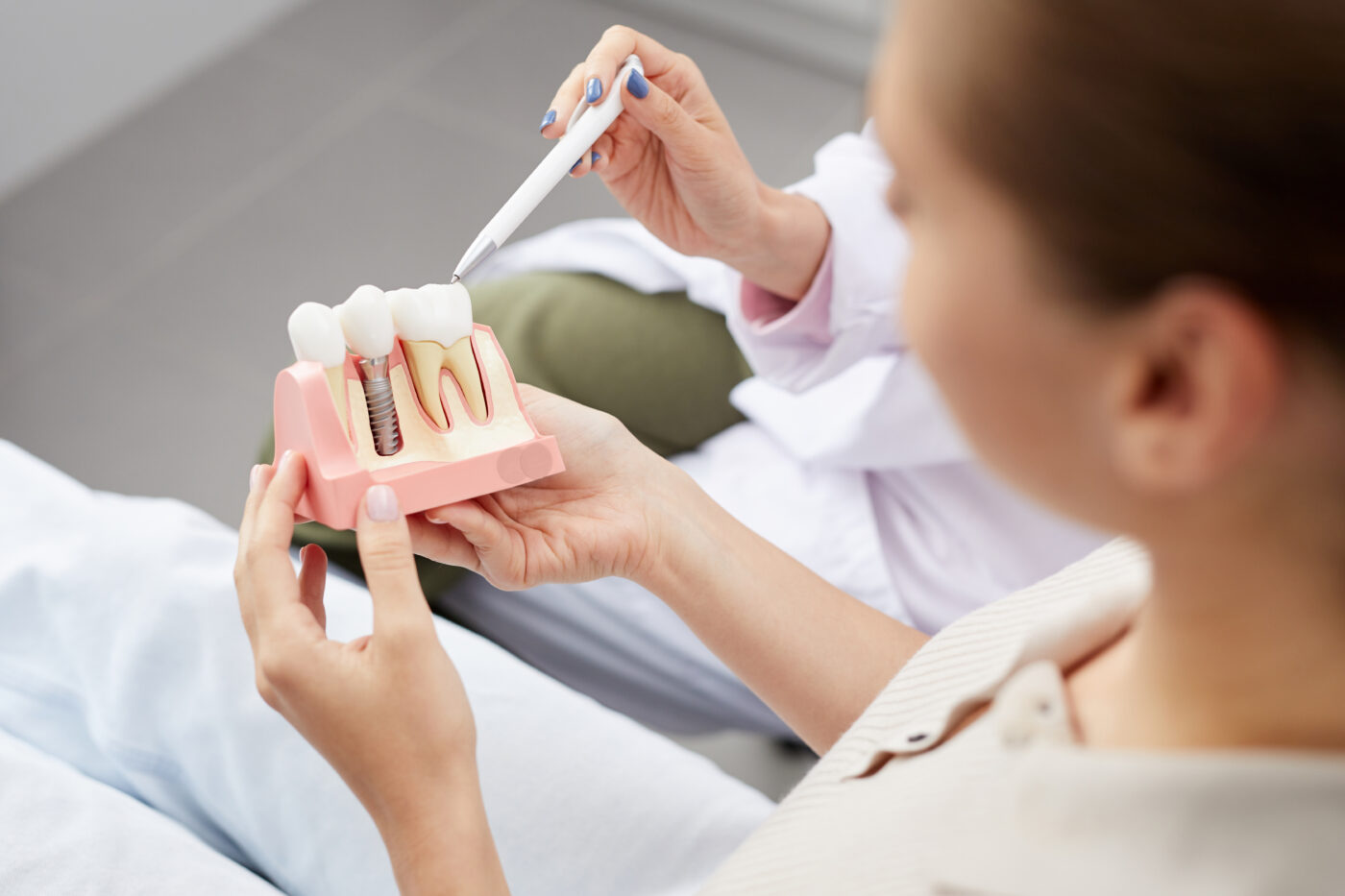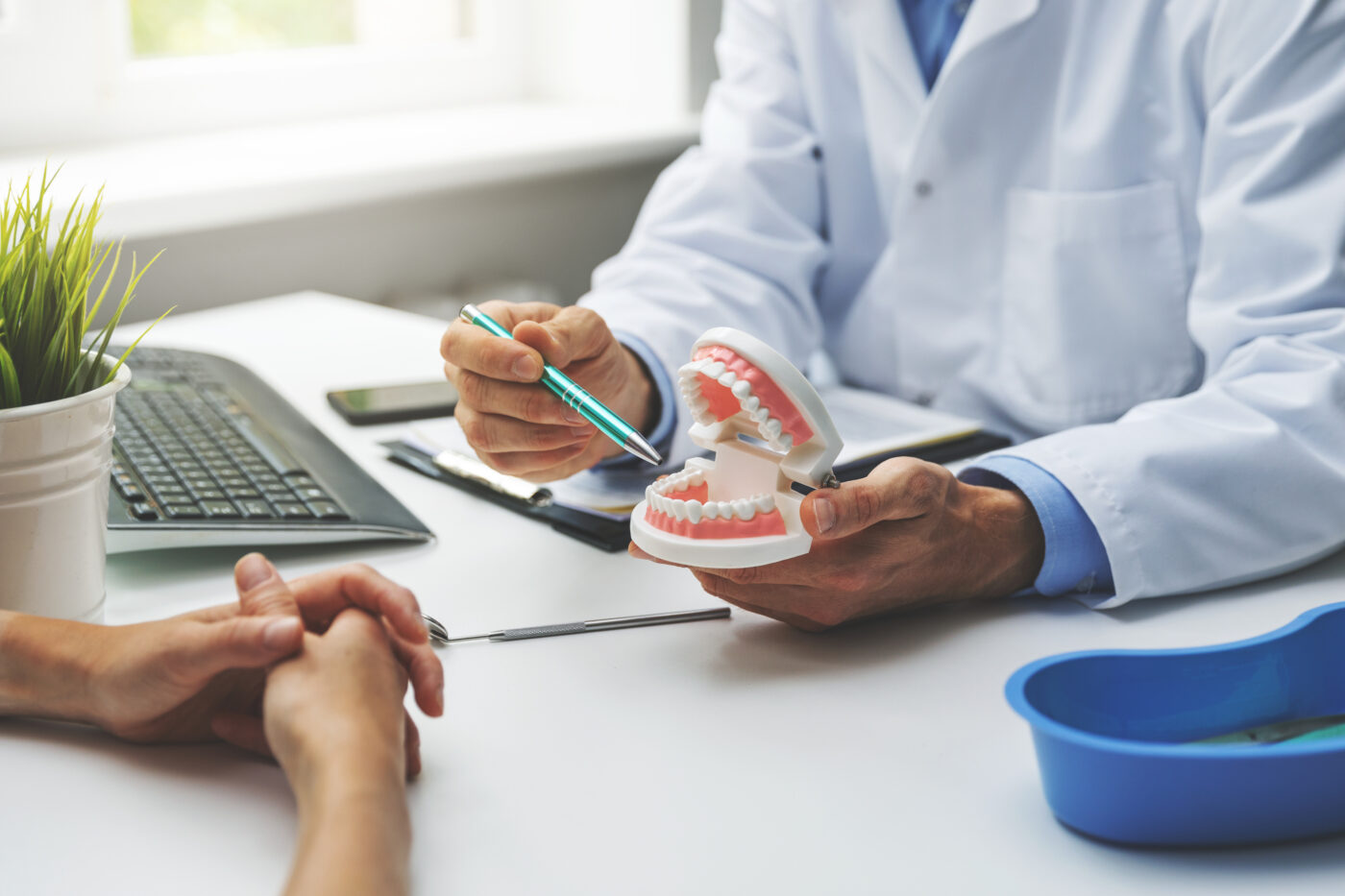Your teeth and gums form an integral part of your overall health. Irregular care can lead to gum disease and, in worst cases, serious problems. Fortunately, today, there are a host of treatments available in dentistry that can help everybody boast a healthy, beautiful smile. This article will describe all the frequent dental procedures used, from routine cleanings to advanced restorative treatments.
Preventive Dentistry
Good oral hygiene habits, combined with regular visits for preventive dental care at your Louisiana dentist or those near your area, will go far in preventing many common dental problems.
Dental Cleanings and Exams
Regular dental cleanings can remove plaque and tartar that have built up on the teeth and are causing cavities or gum disease. During the appointment, scaling is done on the teeth, and afterward, the dentist or dental hygienist will do an exam to check for any trouble spots.
Routine checkups allow your dentist to diagnose and treat, in its early stage, any potential problem that may arise and thereby avoid more serious conditions. They will examine your teeth, gums, and other oral tissue for detection of abnormal conditions or concerns.
Fluoride Treatments
Another mineral that is commonly used in toothpaste is fluoride, which aids in the hardening of tooth enamel and combats the onset of cavities. One may advise professional fluoride treatments by a dentist, especially to patients with a high risk of tooth decay. Treatments of professional fluoride involve applying a concentrated fluoride solution or gel on the teeth.
Dental Sealants
Sealants are thin plastic coatings applied to the chewing surfaces of your back teeth (molars and premolars). They seal off the food/bacteria from entering the grooves of your teeth, hence reducing the possibility of caries. Nevertheless, sealants are particularly recommended for children and teens, but they can also be helpful for adults who regularly have cavities.
Restorative Dentistry
Whether you have cavities, cracked or broken teeth, or even missing tooth, restorative treatments will fix the problem and give back the functionality and beauty of your smile.
Fillings
If you have an oral cavity, your dentist will remove only the part that has decayed and fill the space with a tooth-colored material, generally composite resin or amalgam, a mixture of metals. Thus, fillings restore structure and added strength to a tooth and prevent further decay.
Root Canal Treatment
Sometimes, the soft inner part of a tooth (the pulp) gets infected or inflamed. This inner pulp has nerves and blood vessels inside. Severe tooth decay going deep into the tooth, a cracked tooth, or an injury can let bacteria get to the pulp and cause an infection.
If this happens, you may need root canal treatment to save the tooth. During this procedure, your dentist removes the damaged, infected pulp from inside the tooth. They clean out the inner tooth completely to get rid of all the infection. Then, they seal up the empty space to prevent any new infection from happening.
A root canal lets you keep your natural tooth instead of having to pull it out due to the pulp getting too infected or inflamed. Without dental treatment, that infected tooth would need to be extracted. But with a root canal, your dentist can fix the problem and salvage your tooth.
Crowns
A dental crown is essentially a tooth-shaped cap covering the entire visible portion of the tooth that has turned weak or decayed. Crowns may be recommended after a root canal and for teeth that are cracked very severely and are worn or deformed. They may also be used to conceal discoloration or irregular forms of the teeth for cosmetic reasons.
Crowns can be constructed out of a porous or ceramic material, or even a combination of metal and porcelain. They will help not only to reestablish the potency and appearance of your tooth but also to provide it with additional strength and protection.
Bridges
For those missing one or several teeth, a dental bridge can fill the empty space, restoring the appearance and function of your smile. A bridge consists of an artificial tooth or teeth, known as pontics, that are supported and anchored in place by dental crowns on the remaining natural teeth next to the gap.
In some cases, bridges can also be secured using dental implants instead of crowns over natural teeth. The pontic teeth replace the missing ones, while the crowns or implants act as abutments holding the bridge firmly in its proper position. Bridges serve more than just an aesthetic purpose – they help maintain your bite’s alignment by preventing adjacent teeth from drifting into the open space left by missing teeth. This preserves your bite and prevents further dental issues caused by tooth movement.
Dentures
For those missing most or all of their teeth, dentures offer an effective replacement solution. Dentures are removable artificial tooth substitutes that replace missing teeth and surrounding tissues.
There are two main denture types: complete dentures, which replace all teeth, and partial dentures, which replace just some missing tooth while retaining the remaining natural teeth.
Today’s dentures are remarkably more comfortable, natural-appearing, and better-fitting compared to previous versions. This is thanks to advancements in dental materials and technology utilized in their construction. The improved fit, aesthetics and wearability of modern dentures provide a substantial upgrade over older denture designs.
Cosmetic Dentistry
Apart from restorative procedures, modern dentistry boasts a multitude of cosmetic treatments for improving the appearance of your smile.
Teeth Whitening
Over time, the teeth could get stained or discolored. Major reasons for tooth discoloration include aging, certain foods and beverages, and smoking. Professional teeth whitening treatments may be able to remove these stains and illuminate your smile.
There are two major teeth whitening types: in-office treatments, where your dentist will coat your teeth with a strong bleaching gel, and at-home whitening kits, through which you treat yourself using custom-made trays and a less potent bleaching solution.
Veneers
Veneers are the thin, custom-made shells that are placed on top of teeth. They aim at recuperating the look of teeth pointedly chipped, cracked, discolored, or misshapen.
These thin layers are made from composite resin or porcelain materials that resemble the natural appearance of tooth enamel. They are bonded to the front surface of your teeth, and their smooth and even look creates an attractive smile.
Dental Implants
Dental implants are a permanent way to replace missing tooth. An implant is a small titanium post that is surgically inserted into your jawbone, whereby it fuses with the bone over time. A crown will then attach to the implant once it has integrated itself with your jaw.
They are aesthetic, comfortable, and functionally sound – thus, tooth implants provide replica-like alternatives to your natural teeth. Besides, they can save the integrity of your jawbone and prevent independent shifting of your remaining teeth .
Orthodontics
Orthodontic treatments are not only for aligning crooked teeth but also for the correction of abnormalities in the way teeth bite, aligning jaws, and improving general oral health.
Braces
Of most renown in orthodontic treatments is the conventional metal braces. They comprise metal brackets bonded onto your teeth, where connected by wires, are tightened primarily, or otherwise adjusted over time, to gradually move your teeth into their new positions.
Braces treat a very broad range of problems, from crowded teeth and gaps to overbites, underbites, and crossbites.
Clear Aligners
For those who, however, prefer a more inconspicuous appearance, clear aligners are fast becoming popular like Invisalign. These are removable see through plastic trays, custom made into your teeth, which gradually move them to correct positions.
Transparent aligners are almost invisible and hence are ideal for adults and teenagers who desire more discreet treatment in orthodontics.
Surgery of the Jaw
In some cases, however, orthodontic treatment may be performed in conjunction with jaw surgery. Generally speaking, this measure is taken in patients who have misaligned jaws or skeletal discrepancy too severe to be corrected by the use of braces or aligners.
The jaw surgery realigns the position of the upper and lower jaws unto an improved relationship. This changes your bite and facial aesthetics as well as gives you a new-updated oral functioning.
Maintaining Good Oral Health
With so many advances in treatments available nowadays, it really is best to focus on prevention and to ensure that you take good care of your teeth and gums to minimize any problems arising in the first place.
Adequate Brushing and Flossing
Brushing the teeth at least twice a day with a soft-bristled toothbrush and fluoride toothpaste is very important to avoid the buildup of plaque, which prevents cavities and ailments like periodontal diseases. Do not forget, however, to floss once a day; that way, you can remove food particles and plaque that a toothbrush can’t reach.
Healthy Diet
A balanced diet that has low sugary and acidic foods and drinks won’t harm your teeth and gums as much. Try to limit the number of times you eat sugary or acidic foods and drinks to meal times only. This is because it reduces the frequency of acid attacks on your teeth.
Regular Dental Visits
Even with careful home care, however, regular visits to a dentist are essential for making sure your teeth and gums are healthy. You must see your dentist regularly for cleanings, exams, and to catch any potential problems before they become major dental issues. Most dentists recommend visiting at least every six months, but your dentist may advise you to come more often depending on your teeth.
Stop Smoking and Tobacco Use
Smoking and smokeless tobacco reduce your resistance to infections, including oral cancers, gum disease, staining of the teeth, and a variety of other dental issues. Kicking these habits will greatly benefit your oral and general health.
Conclusion
Maintaining a healthy, beautiful smile throughout your lifetime is quite easy. You only have to reap the benefits of today’s modern dental treatments as needed and follow practices of good oral hygiene.



